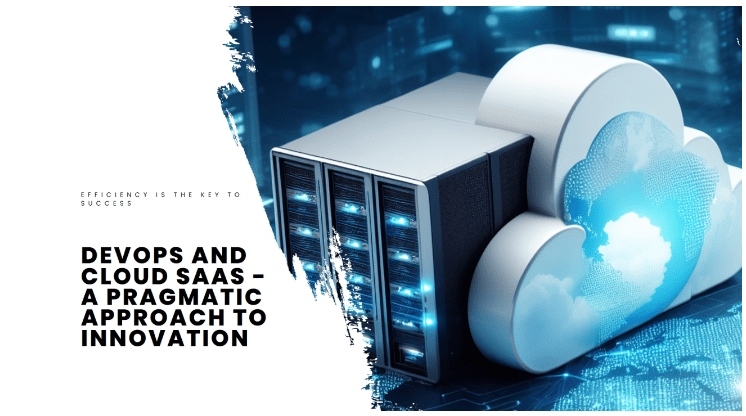
Pragmatism in innovation made understandable.
“Technology” and more specifically Information Technology is all the hype, such that the strive and quest for efficiency is simply unending.
The way is usually paved with DevOps and Cloud based SaaS. A complex duality of disciplines which, when integrated properly are propelling organizations to stellar heights of productivity and efficiency.
To undertake such an adventure, we would need a few different sections of the expeditionary force as a minimum.
1. Operating models
We begin with the operating model. It is in effect the command module.
Simply put – it is about creating a governance framework that is transcending team boundaries that is translating high-level capabilities in to tangible processes enabling flow for engineering teams or any other team with stakes in this adventure. The environment needs to be such that ideas, needs and results need to travel at the speed of thought. In order to this, one needs a foundation that is robust enough to support the weight of ambition, yet flexible enough to adapt to the unpredictable nature of the IT industry as such.
2. Tooling
Is the organization equipped with the necessary or in the best case the latest automation to maintain the delivery lifecycle? What needs to be done to automate? Which are the most needed areas of automation – simple answer really – the mundane, slow and high effort low value tasks.
Less time spent on unproductive tasks leaves more time for breakthroughs.
3. The dreaded Blocker removal
This can be described as a so-called debris clearing operation that enables a clean passing for the Cloud DevOps. Blocker removal is split into 2 main groups – reactive and proactive. In a sense this is the practice of systematically identifying and eliminating impediments ensuring that the progress is unencumbered by avoidable obstacles. But make no mistake – this discipline can be extremely complicated and multifaceted. Sometimes It is about technical issues, sometimes it is process or even leadership decisions.
4. Do not! And I cannot stress this enough – DO NOT ignore Methods & Process.
You never undertake an adventurous expedition with no charts, procedures and manuals. Every pilot always has their checklist and procedure book with them during the flight.
Incorporating DevOps in the Agile methodology is not about merely streamlining, it is about re-imagining and re-designing our approach to collaboration and innovation as such.
Therefore, it is not about following a new set of instructions – it is akin to learning a new language of collaboration. It is about embracing a culture shift between development and operations, creating an environment where the creation, testing, and deployment of software happens with precision. The streamlining of processes and governance is comparable to perfecting the acoustics of a grand auditorium. It’s about ensuring that every note played is crisp, every tempo change is smooth, and every rest is observed with intent.
5. Infrastructure and Platform Cloud Services
We need to recognize that the platforms and tools are the life-support systems of the organization. They must not only be robust and reliable but also self-evolving through automated provisioning and intelligent service management. This can be among the greatest arsenal or the greatest roadblock in your journey. This is practically one of those components that needs care, attention, planning and careful maintenance. This is not a place that is to be changed or shaped on the whim of a few for reasons not calculated. It has a direct impact on all aspects of the organization, therefore failure in it leads to brutal consequences. Going from here this brings us to …
6. The transformation Office
This serves as the control hub, ensuring that each step we take is aligned with our strategic vision and pragmatic goals. This office or a group is the brains behind the operation, entrusted with mobilizing troops, establishing governance, and creating reports that reflect our progress, with an eye always on the prize—benefits realization.
On a side note, we need to not forget the…
7. Training
It does not suffice enough to have sophisticated systems, tooling and software. We need skilled members to make use of them. The approach must be to cultivate experts mainly from within. The so called a train-the-trainer model multiplies our knowledge across teams and projects.
In this endeavor, confluence of unbridled innovation and structured effectiveness becomes our goal. We are not just building software, we are engineering a future—one line of code, one cloud service, one transformative idea at a time.